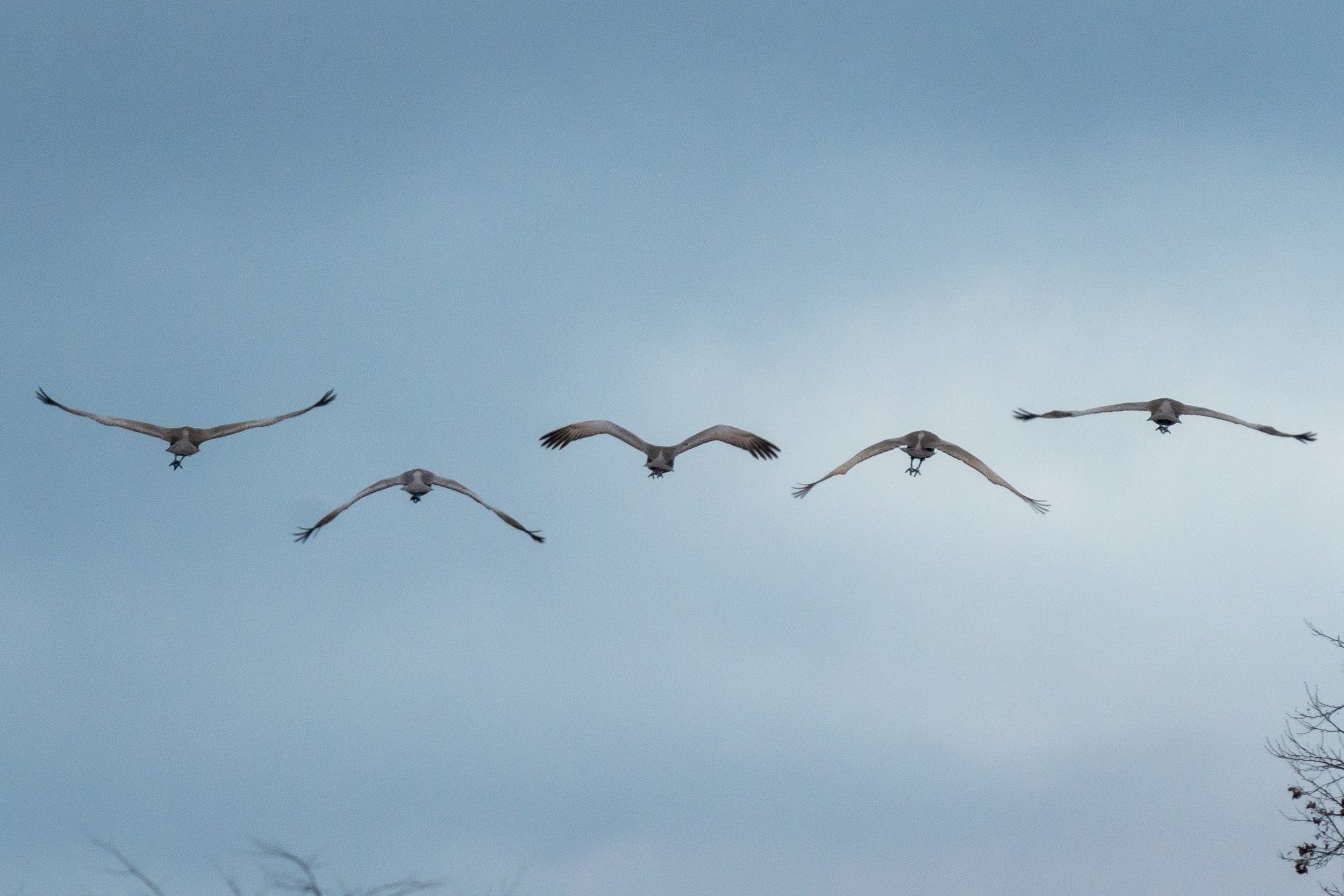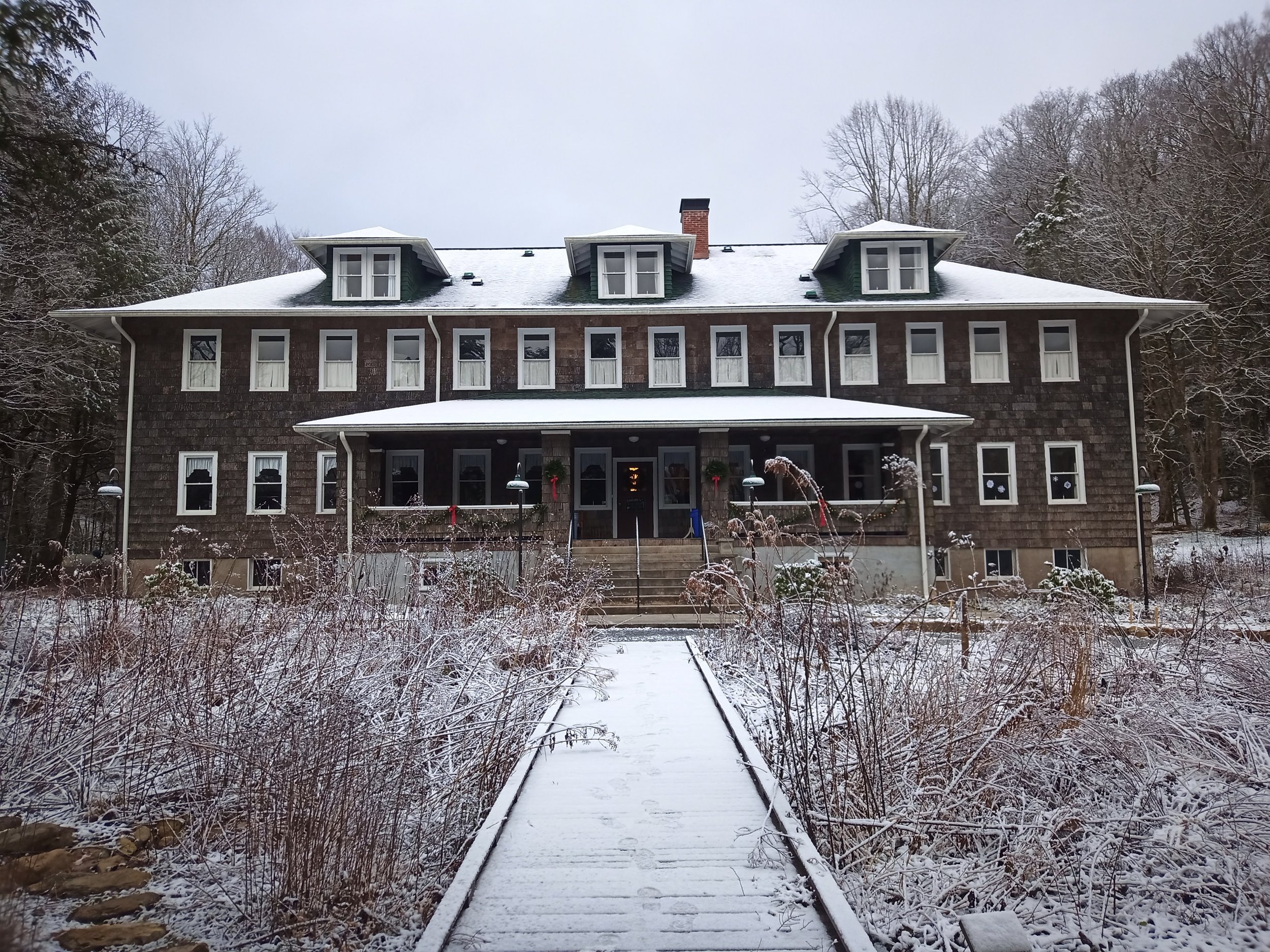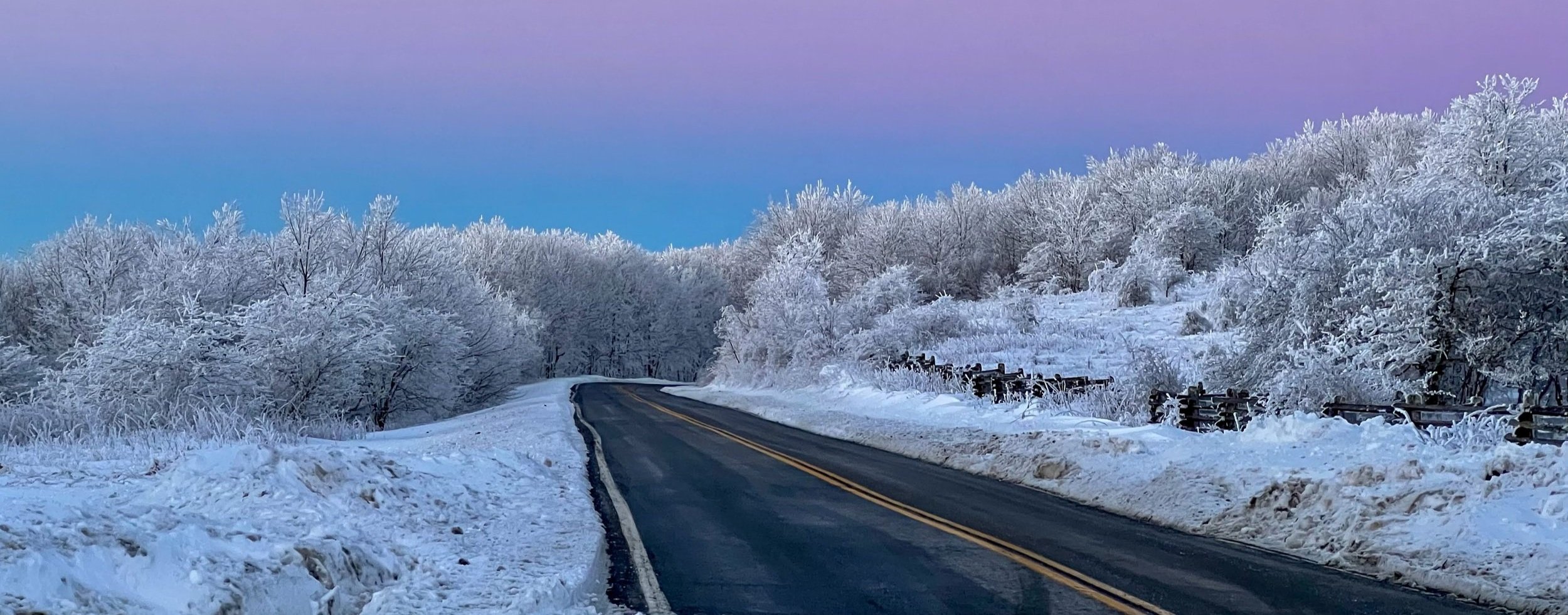

Little Winter Soldiers: Black-Capped Chickadees
These cute little birds are a lot tougher than they look! Black-capped chickadees have a few adaptations up their wings that help them survive Virginia winters.

How to Make Shagbark Hickory Syrup
For the human outdoor enthusiast, the cold and short winter days can be dreary. Fortunately, nature has a way of providing joy in all seasons. It’s wonderful weather for making a sweet treat: Shagbark Hickory syrup! If you’re looking for a fun snow day activity, desperately in need of a reason to get outside, or just hooked on foraging, making this sweet and smokey simple syrup will brighten your dark winter’s day.

Frozen Frogs: The Wood Frog's Unique Defense Against Winter Conditions
Arctic blast with its sub-freezing temperatures got you worried about all these critters in our lovely Blue Ridge mountains? You shouldn’t be! Many species have adaptations to help them survive winter conditions, but wood frogs have an especially incredible and effective method of surviving freezing temperatures—they freeze solid!

All it's Clocked Up to Be: Circadian Rhythms
Have you noticed that the days are getting shorter? You’re not the only one! We’re a little under two weeks away from the winter solstice, and subtle seasonal shifts like cooler temperatures and shorter days affect plants and animals (including humans!) in significant ways. Keep reading to learn about circadian rhythms and how animal and plant behavior changes throughout the year!

Snow Science and Winter Folklore
Winter is arriving in the Blue Ridge! Watching the snow fall is a beautiful sight to behold (if you feel prepared for it!) but for the curious, snow can spark a lot of questions.

Excessive Road Salt: AsSALTing Our Streams
Putting down salt on traveling surfaces can help make them safer during treacherous winter conditions. But excessive levels of salt has consequences in our waterways.

Skunk Cabbage
Skunk Cabbage is by far the strangest flower you'll ever come across in the Blue Ridge.